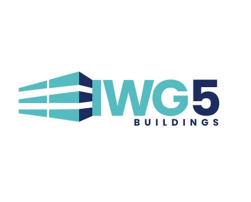
The IWG5 Buildings task force provides input for the second update of IWG5’s implementation plan.

The IWG5 Buildings task force provides input for the second update of IWG5’s implementation plan.
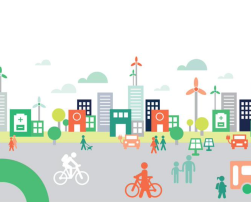
This paper puts forward 10 key policy recommendations for national and regional policy makers for overcoming financial barriers for building renovation and transforming existing buildings into zero emission or positive energy neighbourhoods by 2050.
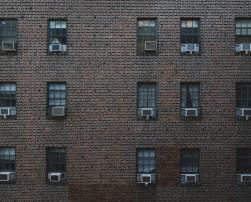
This report by IFC and UNEP predicts the sustainable cooling market in developing economies will double to $600 billion annually by 2050, highlighting the need for financing and collaboration.
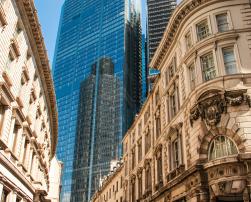
A study found that painting London’s roofs white could have saved hundreds of lives during the hot summer of 2018 by reducing temperatures, while solar panels could have further cooled the city and generated significant energy.

Regenerative design is an innovative approach in the built environment that goes beyond sustainability by actively restoring and enhancing natural systems, utilising advanced materials and technologies, and fostering positive impacts on ecosystems and communities.

Archicad is a BIM software by Graphisoft that streamlines the design process for architects and construction professionals, incorporating energy-efficient tools and AI features to enhance productivity and support sustainable building practices.

Sustainable cooling reduces emissions by using energy-efficient, eco-friendly technologies and designs to combat rising global temperatures.

Nzeb srl, fondata nel 2024, è un azienda specializzata in edilizia sostenibile. Si sta facendo conoscere in Emilia-Romagna promuovendo soluzioni innovative per l'efficienza energetica e la riqualificazione di edifici con materiali ecologici.
Renewable energy communities in Europe are emerging as a sustainable solution for affordable energy, with governments urged to support citizen involvement and overcome regulatory barriers to achieve a just energy transition and enhance energy access.
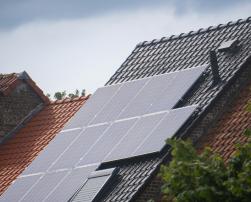
This analysis on zero-energy buildings (ZEBs) highlights the critical role of advanced photovoltaic technologies and cooling techniques, revealing that while most designs achieved ZEB status, buildings in Munich and Stockholm required additional building-integrated photovoltaics (BIPVs), with externally finned PVs demonstrating the highest efficiency in warmer climates.